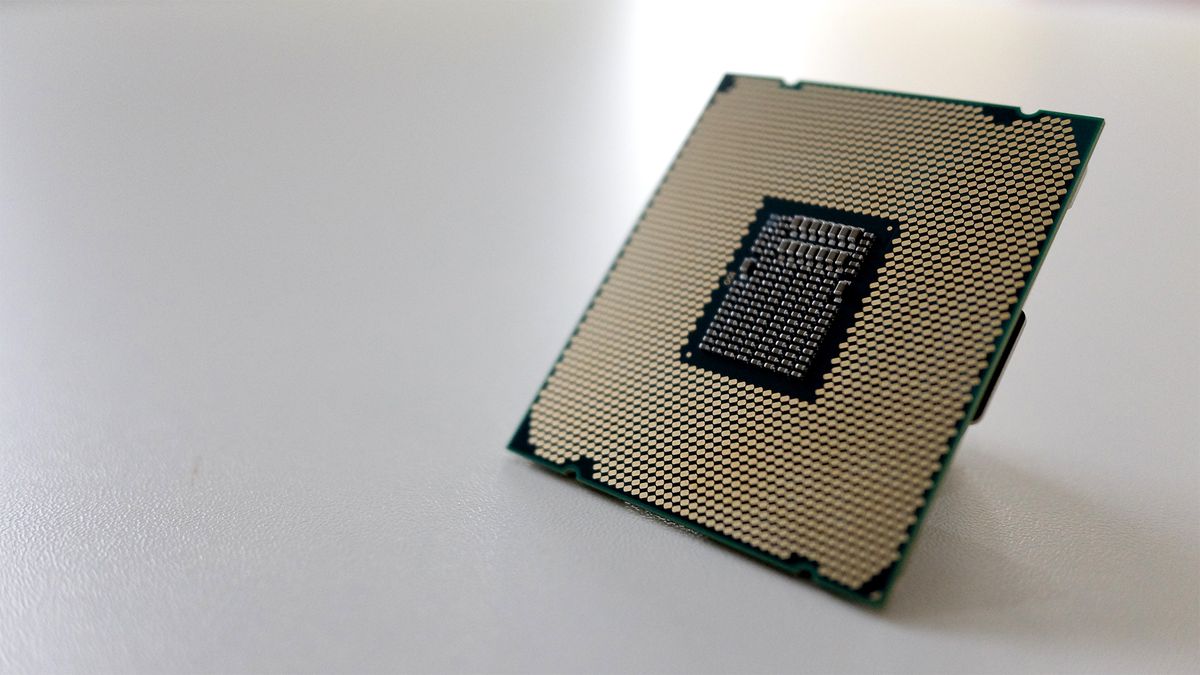
Intel’s 11th-generation Tiger Lake quad-core CPU has been spotted once again in online benchmarks, and this time it’s been pitted against the AMD Ryzen 7 4800U.
The processor in question is the Intel Core i7-1165G7, a quad-core, eight-thread APU based on the chipmaker’s new 10nm+ Willow Cove architecture.
It looks set offer a big boost on the integrated GPU front too, with Intel Xe graphics – based on the same underlying architecture that will power the company’s discrete GPUs later this year – coming into play.
Twitter tipster TUM_APISAK has shared the latest benchmarks for the Tiger Lake-U processor, which has an alleged base clock of 2.8GHz and a boost clock of 4.7GHz.
In 3DMark 11, the Intel Core i7-1165G7 racked up a score 8,020 in the physics test and 6,217 in the graphics test, given the as-yet-unannounced processor and overall score of 6,211.
Tiger Lake vs Renoir
When compared to the AMD Ryzen 7 4800U, which offers the same 15W TDP but double the number of cores and threads, the Tiger Lake-U chip falls short in the performance stakes. Team Red’s 8-core, 16-thread Renoir-U chip scored an impressive 12,494 in the physics test – around 56.% higher than the incoming Intel CPU.
However, the Intel Core i7-1165G7 also fails to match its Ice Lake-based Core i7-1065G7 predecessor, suggesting the Tiger Lake CPU is still far from its final form.
Saying that, the Intel APU managed to best AMD’s Ryzen 7 4800U in the graphics tests, with Team Red’s Vega iGPU delivering a slightly lower score of 6,104 points. This suggests that even though it’s still in its early stages, Intel’s Xe architecture will give AMD a run for its money – at least until Big Navi shows up.
Intel Tiger Lake processors, which will be kept exclusive to notebook devices, are expected to show up in mid-2020, with Intel confirming that it’ll appear in some 50+ laptop designs at the end of the year.
However, it’s worth remembering that AMD’s Ryzen 4000 mobile chips are expected to debut in something like 150 notebooks through 2020.
